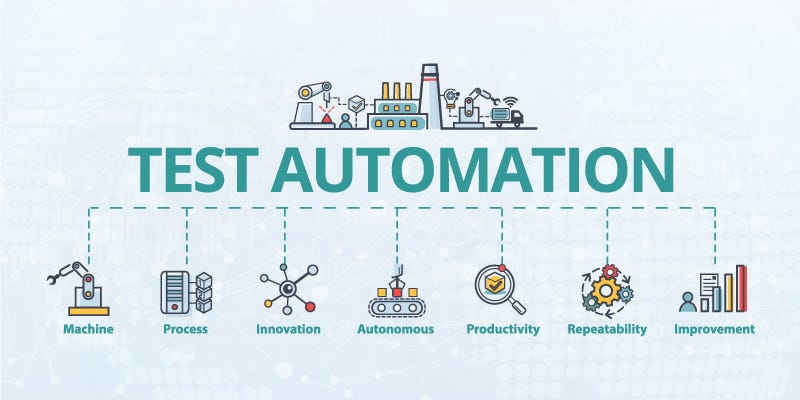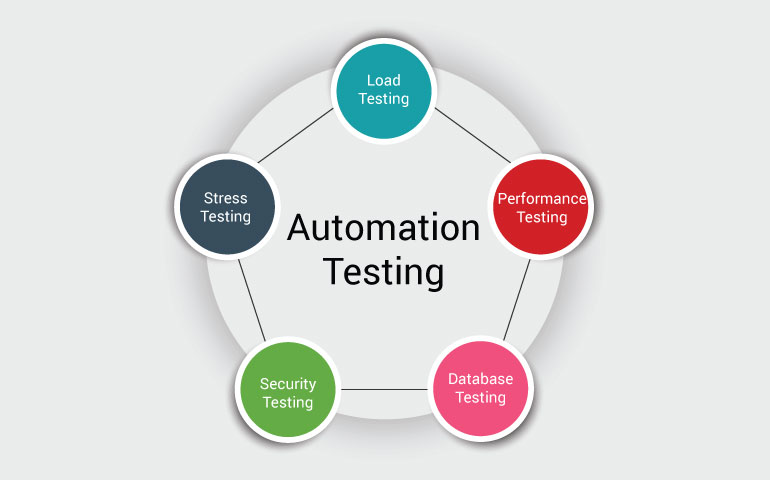From Guidebook to Automated Screening: A Comprehensive Overview to Transitioning Efficiently and Properly
In the realm of software application screening, the change from manual to automated procedures has ended up being a progressively crucial transition for companies seeking to improve performance and accuracy in their screening practices. The trip from guidebook to automated testing is not without its obstacles, but when come close to strategically and with a clear plan in mind, the advantages can be substantial.
Advantages of Automated Testing
Automated testing provides various advantages, improving performance and accuracy in software application growth procedures. Automated examinations can be run all at once on numerous tools and running systems, significantly speeding up the testing phase contrasted to hands-on screening.
In addition, automated testing ensures a higher degree of precision in detecting defects. Since automated examinations adhere to predefined manuscripts, human mistake is lessened, causing more reputable test results. Uniformity in screening is likewise enhanced, as automated tests perform the same actions specifically each time they are run. This uniformity is important in guaranteeing that all functionalities of the software are extensively examined, reducing the likelihood of undetected bugs slipping with to production.
Picking the Right Tools

First of all, examine your needs and goals. Understand the extent of your task, the innovations involved, and the capability of your team. This analysis will certainly aid you figure out the functions and abilities you call for in your screening tools.
Secondly, consider the compatibility of the tools with your existing systems and processes. Smooth assimilation with your present software development lifecycle is vital to guarantee a smooth transition to automation.
In addition, examine the scalability and flexibility of the devices. As your testing requires develop, the devices need to be able to adapt and fit changes efficiently.
Last but not least, aspect in the support and area around the devices. When carrying out automated testing, robust support and an energetic customer community can supply valuable resources and help. By meticulously considering these facets, you can choose the right devices that line up with your requirements and established the phase for an effective transition to automated testing.
Writing Reliable Examination Manuscripts

When crafting examination scripts, it is important to consider the particular demands of the software program being tested and guarantee that the scripts resolve all essential functionalities. Clear and descriptive calling conventions for examination scripts and examination instances can boost readability and maintainability. Additionally, including error handling mechanisms within the examination scripts can assist in determining and resolving problems without delay.
Moreover, arranging test manuscripts into modular components can boost reusability and scalability, reducing redundancy and enhancing efficiency in weblink examination script maintenance. Routine testimonials and updates to check scripts are essential to maintain speed with evolving software demands and capabilities. By complying with these principles, testers can produce reliable and durable examination scripts that contribute considerably to the success of automated testing processes.
Integrating Automation Into Workflows
By perfectly integrating automated testing tools like Selenium or Appium right into the software growth lifecycle, teams can attain faster comments on code changes, leading to quicker insect detection and resolution. This assimilation enables for continual testing throughout the advancement procedure, guaranteeing that any kind of issues are recognized early on, resulting in higher software application quality. Correct combination of automation devices needs collaboration between growth, testing, and operations groups to establish a unified process that maximizes efficiency and efficiency in supplying top quality software program items.
Ensuring a Smooth Transition
Effectively transitioning to automated screening involves precise planning and cautious implementation to maximize and reduce interruptions effectiveness in the software program growth procedure - automation testing. To make certain a smooth transition, it is vital to start by carrying out a thorough assessment of the existing testing processes and identifying areas where automation can bring the most significant benefits. Engaging with all stakeholders early while doing so, consisting of designers, testers, and job managers, is important Find Out More for gathering support and buy-in for the automation initiative
Communication is vital throughout this change phase. Clear communication of the goals, advantages, and expectations of automated testing helps to take care of any kind of resistance or worries that may occur. Additionally, giving ample training and sources for staff member to upskill in automation devices and methods is crucial for making sure a successful change.

Conclusion
Finally, transitioning from handbook to automated testing provides many advantages, consisting of raised performance and integrity. By picking the ideal devices, composing efficient test scripts, and integrating automation seamlessly into operations, companies can make certain a smooth and effective transition. It is vital to accept automation as an important asset in software screening procedures to enhance overall top quality and performance.
In the world of software testing, the change from handbook to automated processes has actually ended up being an increasingly vital transition for organizations seeking to boost efficiency and accuracy in their testing practices. Automated tests can be run all at once on numerous tools and running systems, considerably speeding up the testing phase compared to hands-on testing. Consistency in testing is additionally improved, as automated tests implement the same actions specifically each time they are run.To ensure the effective application of chosen screening devices, the production of reliable test manuscripts plays an important duty in confirming the performance and efficiency of automated procedures - automation testing. By complying with these principles, testers can create durable and reliable examination manuscripts that add considerably to the success of automated screening procedures